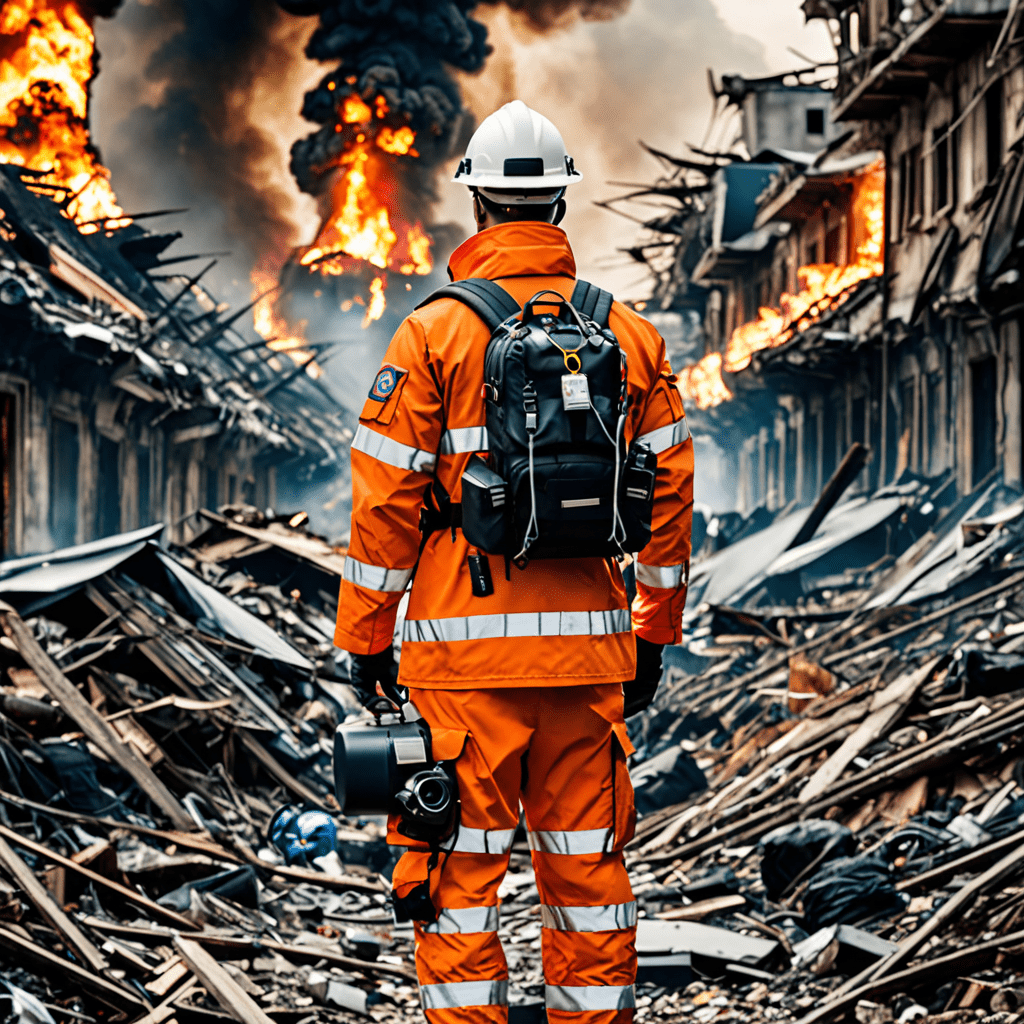
The Role of Wearable Tech in Disaster Preparedness
Natural disasters and emergencies can strike unexpectedly, leaving individuals and communities vulnerable. The integration of wearable technology has the potential to significantly enhance disaster preparedness and response efforts. From monitoring vital signs to providing real-time communication and location tracking, wearable tech offers a range of functionalities that can aid in identifying and addressing critical needs during times of crisis.
Enhanced Monitoring and Data Collection
Wearable devices, such as smartwatches and fitness trackers, can continuously monitor various physiological parameters, including heart rate, body temperature, and activity levels. In disaster scenarios, this real-time data collection can provide valuable insights into the health and well-being of individuals, enabling rapid identification of medical emergencies and resource allocation based on specific needs.
Communication and Coordination
Wearable technology facilitates seamless communication and coordination among individuals and response teams. Integrated with GPS capabilities, these devices can accurately track the location of wearers, ensuring swift and targeted assistance. Additionally, features like two-way calling and messaging enable direct communication even when traditional communication infrastructure is compromised.
Early Warning Systems
Certain wearable devices are equipped with sensors capable of detecting environmental changes, such as sudden temperature fluctuations or increased levels of air pollutants. By transmitting this data to centralized systems, these devices can contribute to the development of early warning systems, alerting authorities and individuals to potential hazards and allowing for proactive evacuation and mitigation measures.
Augmented Navigation and Rescue Operations
In challenging and chaotic environments, wearable tech can enhance navigation and rescue operations. Augmented reality (AR) displays integrated into smart glasses, for example, can overlay maps, instructions, and other pertinent information onto the wearer’s field of view, aiding in navigation through unfamiliar or obstructed terrain and facilitating coordinated search and rescue efforts.
Community Support and Resource Management
Through connectivity and data-sharing capabilities, wearable devices can foster community support and resource management. By aggregating information on the status and needs of individuals, communities can efficiently allocate resources, prioritize response efforts, and provide targeted assistance to those most in need during and in the aftermath of a disaster.
Resilience Building and Preparedness Education
Wearable technology can also contribute to resilience building and preparedness education. By integrating educational content and training programs, these devices can disseminate crucial information on emergency protocols, first aid techniques, and preventive measures, empowering wearers to effectively respond to and mitigate the impact of various types of disasters.
Conclusion
The incorporation of wearable technology into disaster preparedness strategies holds immense potential for enhancing response capabilities and safeguarding lives and livelihoods. As the capabilities of wearable devices continue to evolve, their role in disaster risk reduction, response, and recovery efforts is poised to become increasingly indispensable.
FAQ: The Role of Wearable Tech in Disaster Preparedness
What is the role of wearable tech in disaster preparedness?
Wearable tech, such as smartwatches and fitness trackers, can play a vital role in disaster preparedness by providing real-time health and location data to emergency responders and loved ones.
How does wearable tech contribute to disaster management?
Wearable tech can monitor vital signs, detect falls, and track the wearer’s location, enabling timely response in case of emergencies, and assisting in search and rescue operations during disasters.
What are the benefits of using wearable tech in disaster preparedness?
The benefits include immediate medical assistance, rapid identification of individuals in distress, and improved coordination in disaster response efforts, ultimately saving lives and reducing the impact of disasters.
Are there any limitations to using wearable tech in disaster preparedness?
While wearable tech brings significant advantages, limitations such as battery life, connectivity issues, and privacy concerns need to be considered in disaster preparedness scenarios.
How can wearable tech be integrated into disaster preparedness plans?
Integrating wearable tech into disaster preparedness plans involves training emergency responders on utilizing the data provided, establishing protocols for data privacy and security, and ensuring seamless communication between wearers and rescue teams.


